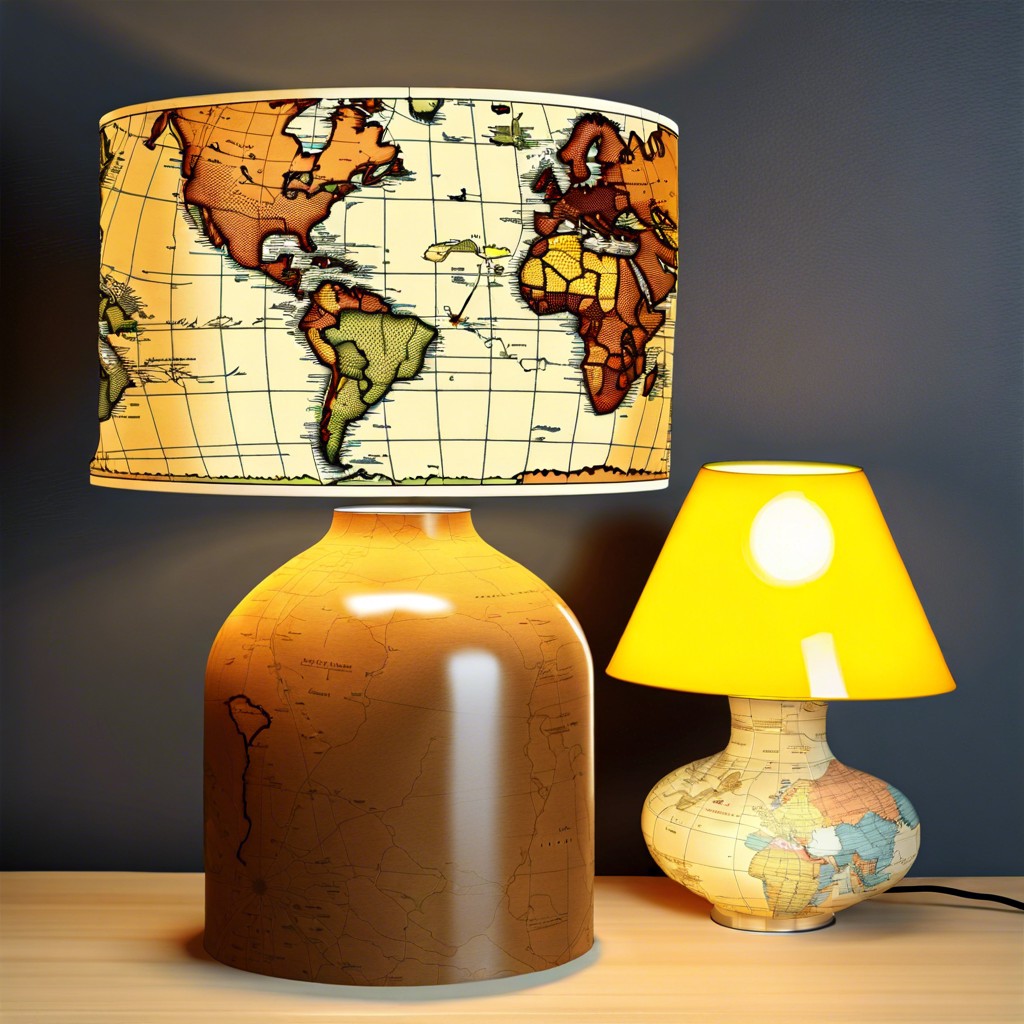Last updated on
The short answer is, it can hold up to 100 pounds. However, it depends on the structure of the wall. Here’s the complete answer.
It depends on whether there are studs and anchors to hold the heavy object. If you want to hang heavy objects on the wall (such as big picture frames or metal wall art), you need to know where you drive your anchors and mounts.

How Much Weight Can Drywall Hold Without a Stud?
It may be between five and ten pounds but bear in mind that the drywall is a very delicate material and is not sturdy enough to keep the weight longer.
You may want to make sure you have a stud to drill in your screws if you do not have anchors or any other hardware to use. As mentioned above, stubble beams are vertical, sitting behind your drywall. There are three key ways to locate the studs.
To find the studs, knock on the wall. You’re not in a studio if you hear a hollow echo. When you find a stud, the knocking is more powerful.
Locate the electric outlet and go straight up the wall to where your screws are going. Electric outlets are still on stubs.
Use an electric screwdriver. These can be found in most home improvement stores.
You can insert your hardware once you find that you are the stall and then manage your decorations. Remember that inability to use either anchors or pinpoints will ultimately result in your heavy frames, racks, and paintings falling off the wall.
Studs and Anchors
As versatile and enduring as it is, drywall is relatively weak and does not bear the weight of nails like a wood, plaster, or brick wall. A nail alone in drywall will only support up to a few pounds and will not hold it securely even then. A small image structure should stay for a while, but inevitably the nail falls away, or the drywall collapses and drops the nail.
Rather than hanging your decoration on a hollow part of the drywall, consider hanging it on a stub. Wall studs are the vertical framing components mounted behind your drywall 16 – 24 inches apart. If you have no stud search engine, you can find balls by tapping on the wall, moving horizontally, until you hear a strong sound and not the typical hollow sound.
The weight you can put on the bucket depends on what you put on it. A 1 1/2-inch nail driven in will carry up to 20 pounds at a 45° angle. This is sufficient for a small to the medium-sized frame or a little wall light or planter. A nail in a stud will work fine if you’re looking to hang a framed 8,10-inch photo, a nightlight, or a trendy tillandsia plant holder.
Screws offer you an even higher hold capacity, and some #4 or larger screws will hold up to 100 pounds if they are pushed into a stub. For instance, you can have a shelf weighing 20 pounds (3 feet) and a foot of average books weighing around 20 pounds per foot.
That’s 40 pounds in all, but the right screws pushed into the pads won’t have any trouble retaining this weight in drywall. Pick screws that penetrate the stud in 1 inch. Any less, and they won’t grip the wood, but they risk damage to the screws.
However, ceilings are another matter due to the direct downward gravity pull. The average ceiling joists of 2 to 4 cannot bear up to about 15 to 20 pounds in safety, irrespective of the hanging equipment used. A 5-inch floral pot can quickly achieve this weight with a combined weight of soil, water, and plants. The average value of a small ceiling fan is also this, but they require special strengthening because of their motion’s extra pressure.
You can hang a little more weight with 2 to 6 or 2 to 8 joists, but you would need to dress and probably double the joists for something more than around 30 livres. Another way to maximize their load carrying capacity is to mount 2-4 blockages between the ceiling joints.
Is it not possible to find a stud where you need one? You can also hang a more massive object on the drywall, but you would need special hanging equipment to do so securely.
Drywall anchors and toggle bolts provide additional retaining strength for screws. By raising the surface area of the screw, they grasp the drywall, allowing the strain to tug and tighten the anchor against the drywall. You will first mount the anchor or toggle bolt in the drywall to use this hardware, and then you will drive the screw.
Several styles of anchors are available, and how much weight you want to apply to the job will mostly be the right one. The holding power of an anchor is usually displayed on the packaging. The holding power of the object you intend to hang should match or exceed the weight. Location is also essential. You are using just molly bolts or toggle bolts for ceilings.
Besides, the packaging of the anchor should list several thicknesses with which it can work. Most drywalls at home are 1/2″ thick. However, where they are 24″ apart, 5/8″ thicker drywalls are also used.




